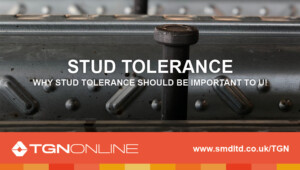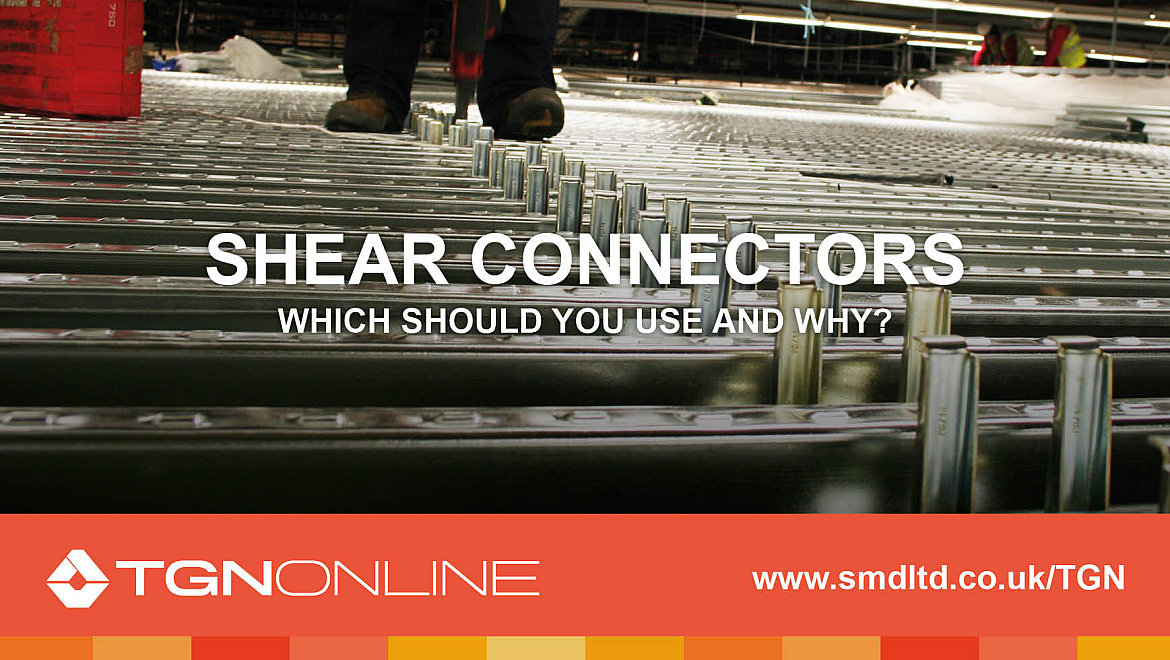
In steel-concrete composite construction, shear connectors, welded or shot-fired, play a crucial role in connecting the concrete slab to the steel beams, providing stability and strength to the overall structure.
The shear connection created facilitates the transfer of horizontal shear forces between the two materials, creating a composite action that enhances the load-carrying capacity of the steel-concrete composite beam. The most common type of shear connector is a headed shear stud that is welded to the top flange of the beam, typically known as welded shear studs. However, there are instances where this type of shear connector may not be preferable and in these situations customers, engineers and architects look to explore different options to meet project specific requirements. In this article, we look at shear connector options most commonly used with SMD floor deck products and how their benefits may make them the best choice for your project.
WELDED SHEAR STUDS
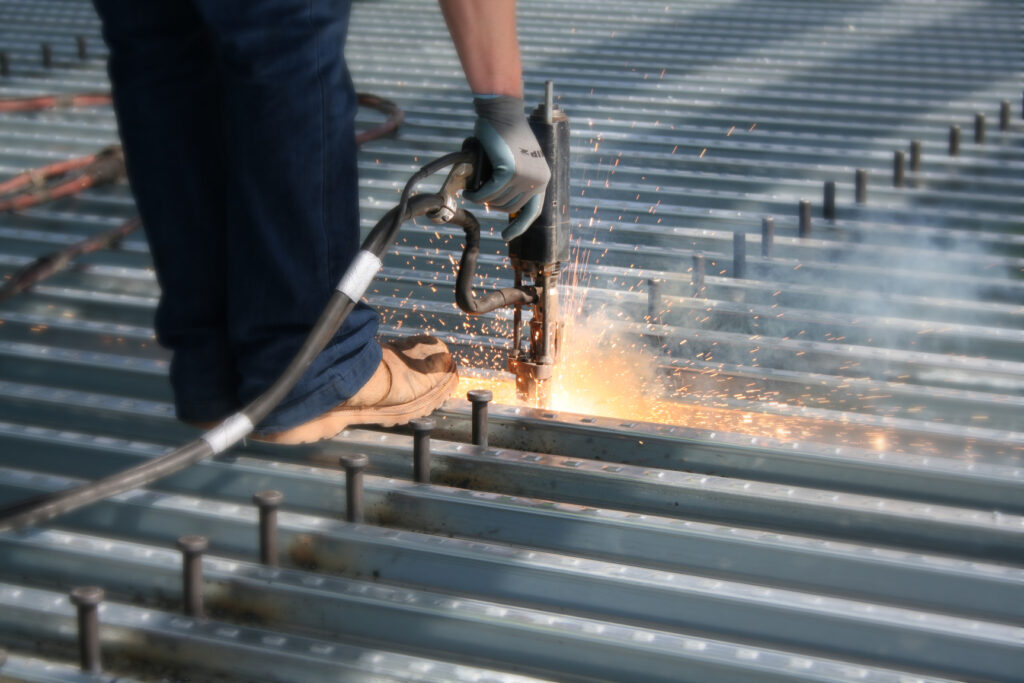
Welded shear studs sometimes referred to as headed shear studs, are by far the most common and established method of shear connection when designing or specifying steel-concrete composite construction.
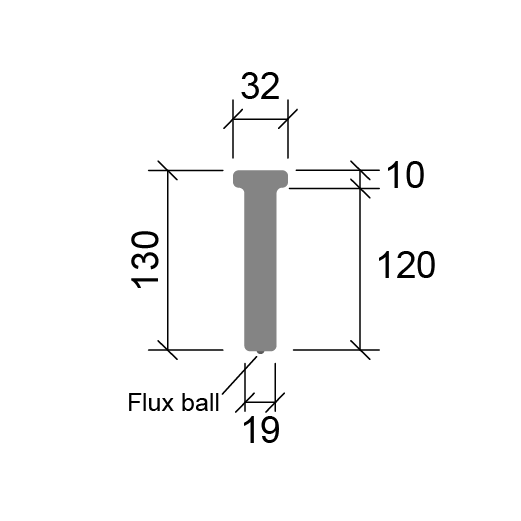
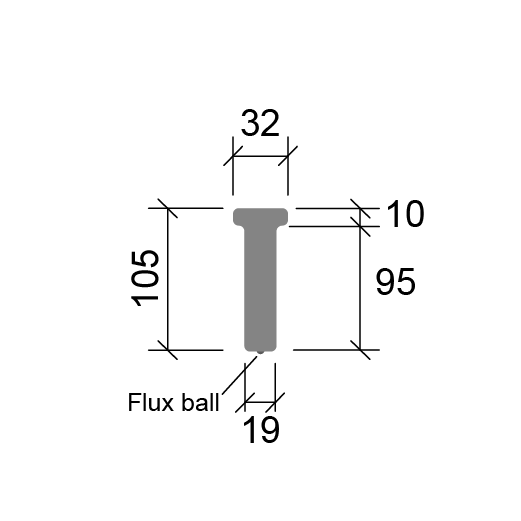
In steel deck composite construction shear studs typically consist of 19mm diameter steel bar with an enlarged head at the top. The studs are welded through the deck to the top of the steel beam which must have an unpainted top flange. The welding process involves high power requirements to ensure a quality weld, thus providing excellent shear strength when embedded in concrete on composite beams, compared to other shot-fired type shear connectors.
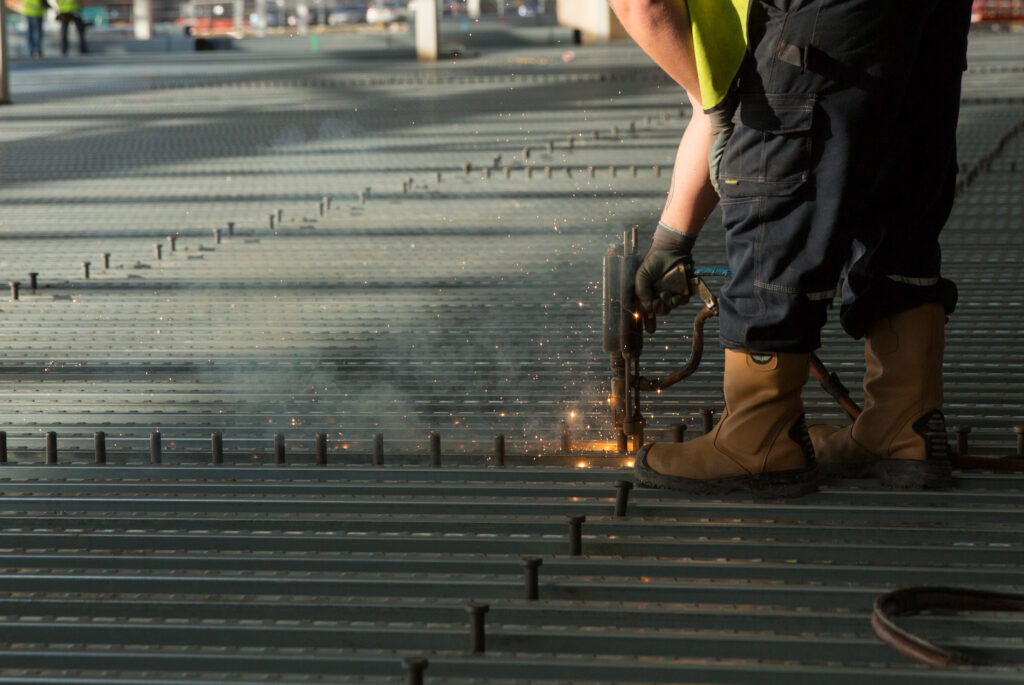
Efficient manufacturing methods and speed of welding on site (in excess of 1,500 per day can be installed by a single gang) make these the obvious choice for projects with large quantities and tight programmes, providing associated cost savings.
SHOT-FIRED SHEAR CONNECTORS
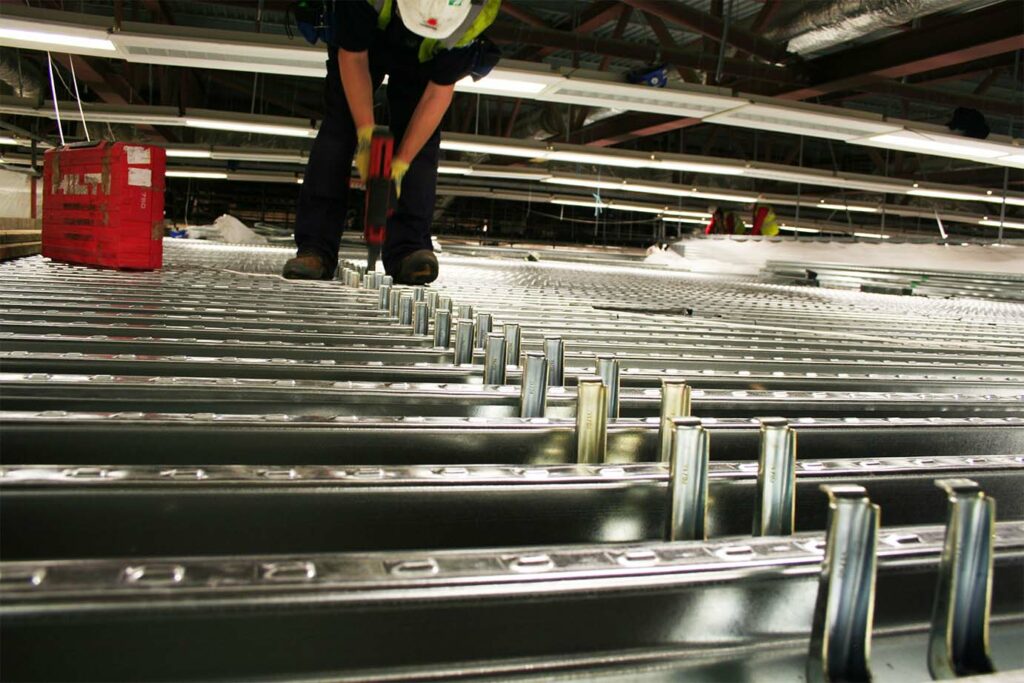
In recent years a number of shot-fired shear connectors have been developed. Simply put, these connectors consist of steel elements that are shot-fired to the top flange of the steel beam.
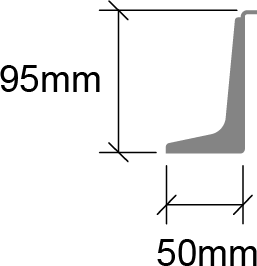
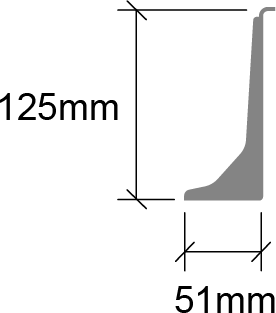
Once the concrete is poured, the connectors bond with it, creating composite action. The shear strength is largely reliant on the resistance of the shot-fired fixings so they are less resistant (typically around 50%) than welded shear studs. The manufacturers’ details will provide exact resistance information.
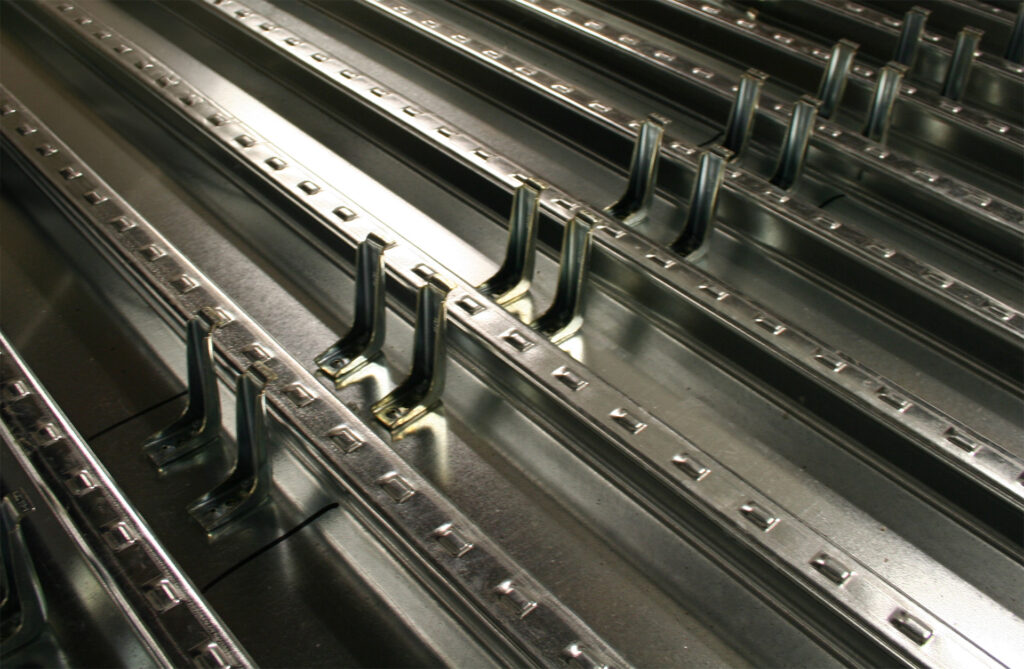
Whilst there are a number of shot-fired connector options available from the likes of Hilti and Tecnaria; the most common within the UK market is the HVB shear connector by Hilti. These connectors typically cost more per item and take longer to install, but unlike welded shear studs they do not have high power requirements and can be fixed with a standard cartridge powered tool.
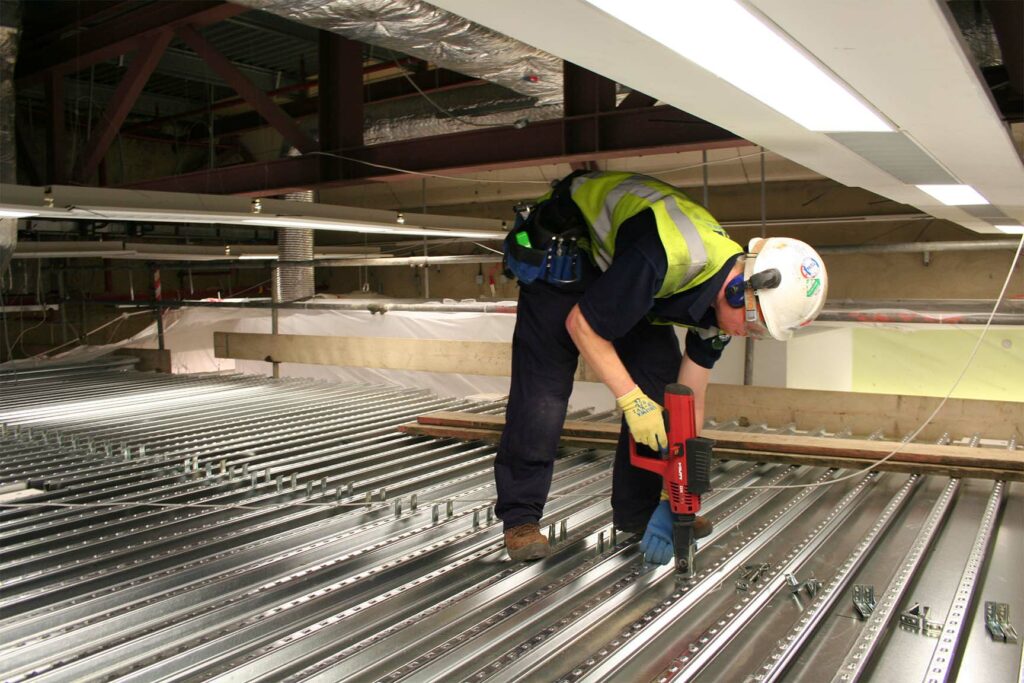
In addition, the lack of welding means no hot works or fire watch requirement. Due to cost and time, they are typically the best option on smaller projects (say less than 600 connectors), sites where it is not possible to get the required power to the workface or where beams are painted or coated as it is not possible to weld studs in such situations.
CONSIDERING PRACTICAL IMPLICATIONS
In summary, shear connectors, whether welded or shot-fired, are an integral part of modern steel construction ensuring composite action between concrete slabs and steel beams. Customers, engineers and steel designers have a number of options at their disposal when selecting shear connectors with each offering different and specific advantages depending on the project requirements. It is important to consider the most suitable option during design as this will impact on the number required and may determine whether a beam can be designed as composite. From a practical point of view, a typical rule would be, if a project or phase has less than 600 no. studs, power/access restrictions (for example as part of a building refurb or working near to a live environment) or needs to have painted top flanges then the shot-fired option may be more practical. Otherwise, for larger new build type projects welded shear studs are likely to be the most suitable option for programme and economy.


